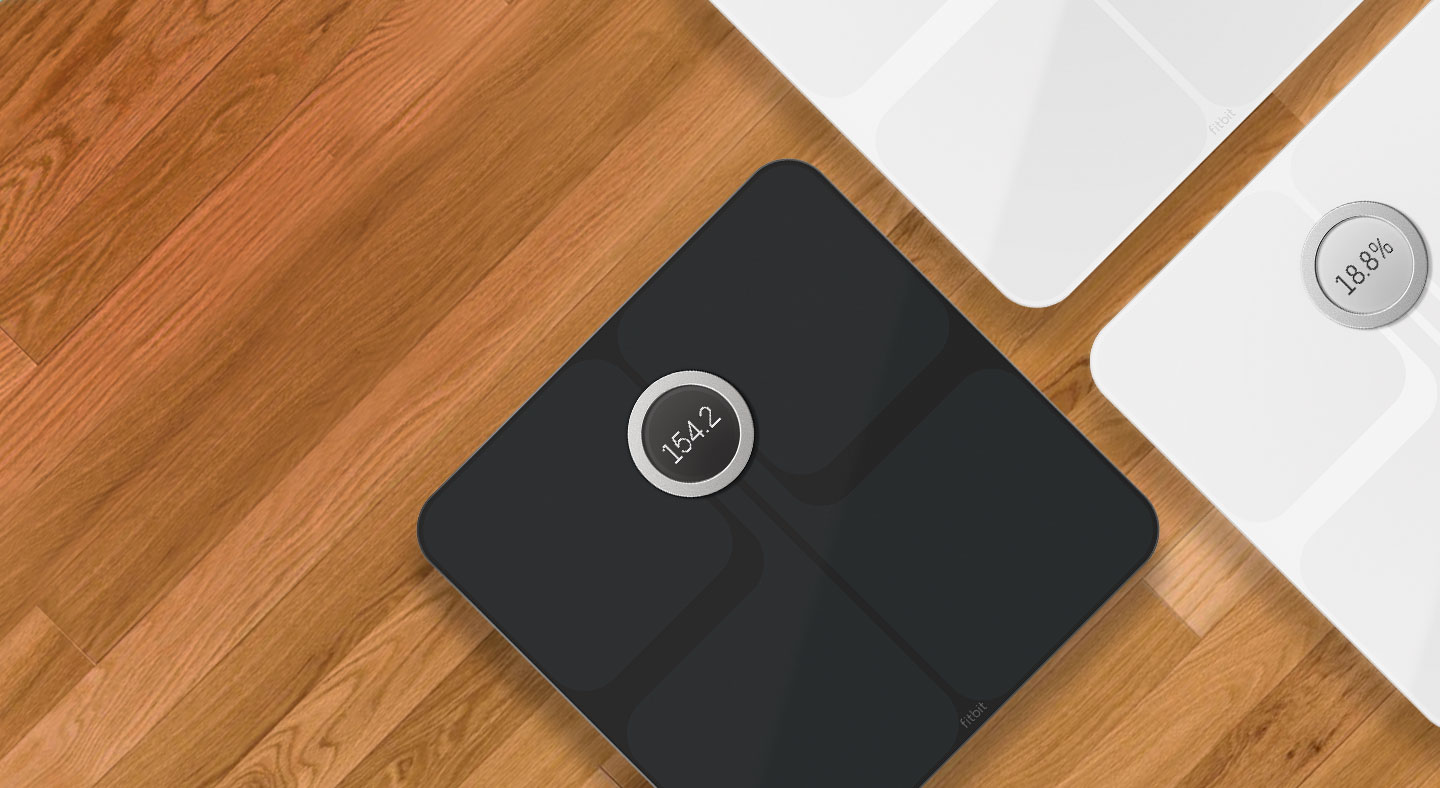

The power of the Aria is really in the Fitbit application that does let you track your weight over time, which is where the motivation to lose or manage your weight comes in.

Overall, I found the experience to take a slight bit longer on the Aria 2 than on the first Aria. I would then step off the scale, as the feet animation implied, to see the result seconds later. This can be helpful to motivate you to improve, but I first need to commit to lifestyle eating changes to lose the weight I desire.Īt times, I actually found the Aria 2 scale a bit annoying as the animations seem slower than on the first Aria scale and feet moving indicating I should step off the scale sometimes appear rather than the resulting weight and body mass calculation. This lets you share your weight goal progress, current weight, and current body fat percentage with either the weight log or a picture you take as the background. Someday when I achieve my goal I will tap on the share button at the top. Tap on any weight log line to see the date, weight, body fat percentage, and BMI. It was actually a bit depressing to see that I was at my weight goal four years ago and the trend since then has been upwards.īelow this chart you will find the goal progress and below that the daily weight log on the bottom half of the page. Tap on any plot to then switch to view stats for a week, month, three months, one year, and all time. Swipe right to left to see plots for body fat percentage, lean vs fat weight, and BMI. Here you can see a weight trend plot for the past 30 days. Tap on that widget and you are taken to the weight management portion of the Fitbit application. I am on a mission to lose 20-30 pounds and the widget on the Fitbit app home screen gives you a visual summary of your goal progress. You can set goals and then track those goals with the Aria 2 and the app. The Fitbit app is excellent and I am using it to try to lose weight. Initials of the person on the scale, or an assigned icon, also appear. The display shows numbers and animations as it processes your weight and BMI. The round backlit LED and scale is powered by three AA batteries, included in the retail package. The weight appears to be accurate, when compared to my doctor's scale too. There are four load cells above the four feet of the scale to try to capture an accurate weight. I like that Fitbit uses this method to try to capture this data rather than just using algorithms based on weight and your body dimensions. The top is glass so that Fitbit can run a very small current up through one foot and down through the other as it measures body fat percentage, a technique called bioelectrical impedance. And Fitbit partners with many third parties such as employers and insurance companies.The Fitbit Aria 2 has a glossy glass top and a circular LED display. This is a great reminder that yes, while Fitbit might do a good job with their own security, anytime you sync or share that data with anyone else, it could be vulnerable.
FITBIT ARIA PASSWORD
Personal information such as names, birthdates, weight, height, gender, and geographical location for Fitbit and other fitness tracker users was left exposed because the company didn’t password protect or encrypt their database. A recent report showed that health data for over 61 million fitness tracker users, including both Fitbit and Apple, was exposed when a third party company that allowed users to sync their health data from their fitness trackers didn’t secure the data properly. What is not good is what can happen with all this very personal health data if others aren’t careful. That's a lot of personal information gathered in one place. So, be aware that the Fitbit Aria Air scale and Fitbit App can track your location, weight, BMI, body fat percentage, and more. We say hopefully because, depending on the kind of data, it’s been found to be pretty easy to de-anonymize these data sets and track down an individual’s patterns, especially with location data. Fitbit de-identifies the data it collects so it's (hopefully) not personally identifiable. No one needs to be targeted ads based on those things.Īnd Fitbit seems to do an OK job with privacy and security. This is good for a product that collects your weight and body fat percentage. However, Google promised that “Fitbit users’ health and wellness data won’t be used for Google ads and this data will be kept separate from other Google ad data” as part of the deal with global regulators when they bought Fitbit.

That worried many privacy conscious users. As of January 14, 2021, Google officially became the owner of Fitbit.


 0 kommentar(er)
0 kommentar(er)
